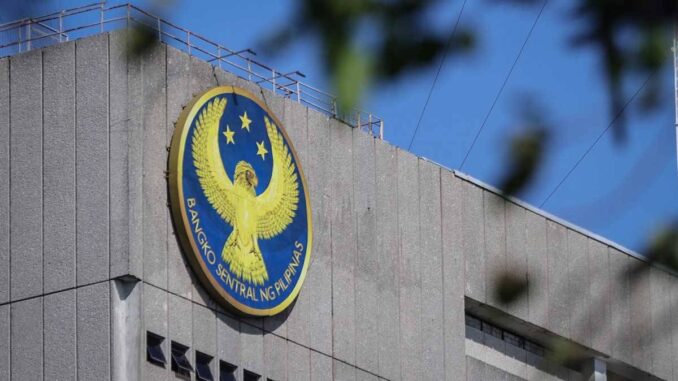
THE collective bad loan ratio for Philippine banks edged down in September, data from the Bangko Sentral ng Pilipinas (BSP) showed, improving to 3.47 percent from 3.59 a month earlier but higher than yearago 3.40 percent.
The central bank defines non-performing loans (NPL) as past-due loans where the principal or interest is unpaid for 90 days or more after the due date, including the outstanding balance of loans payable in monthly installments when three or more installments are in arrears.
Past-due loans rose to P632.87 billion from P631.42 billion in August. These accounted for 4.25 percent of total loans, down from the previous month’s 4.42 percent.
Year on year, past-due loans were 4.12 percent of the total at P549.93 billion.
Restructured loans, meanwhile, rose to P294.53 billion in September from P293.16 billion. This brought it to 1.98 percent of the banks’ gross loan portfolio.
A year earlier, restructured loans were higher at P307.24 billion, or 2.35 percent.
Lenders’ loan loss reserves edged up to P482.84 billion, equivalent to 3.24 percent of total loans. This is, however, lower than the 3.53 percent seen in the same month last year.
The NPL coverage ratio — which indicates banks’ allowance for potential losses due to bad loans — was also lower at 93.31 percent from 103.71 percent a year earlier.
Rizal Commercial Banking Corp. chief economist Michael Ricafort said the improvement was due to lower bank reserve requirements.
“The latest RRR (reserve requirement ratio) cuts that effectively infused about P400 billion into the financial sector would allow banks to increase their loanable funds that could lead to faster loan growth and would mathematically lead to lower NPL ratio,” he said.
“Banks’ asset quality would still improve in terms of further easing of banks’ NPL ratio, in an environment made more conducive by expected Fed and local policy rate cuts for the coming months,” he added.


Be the first to comment